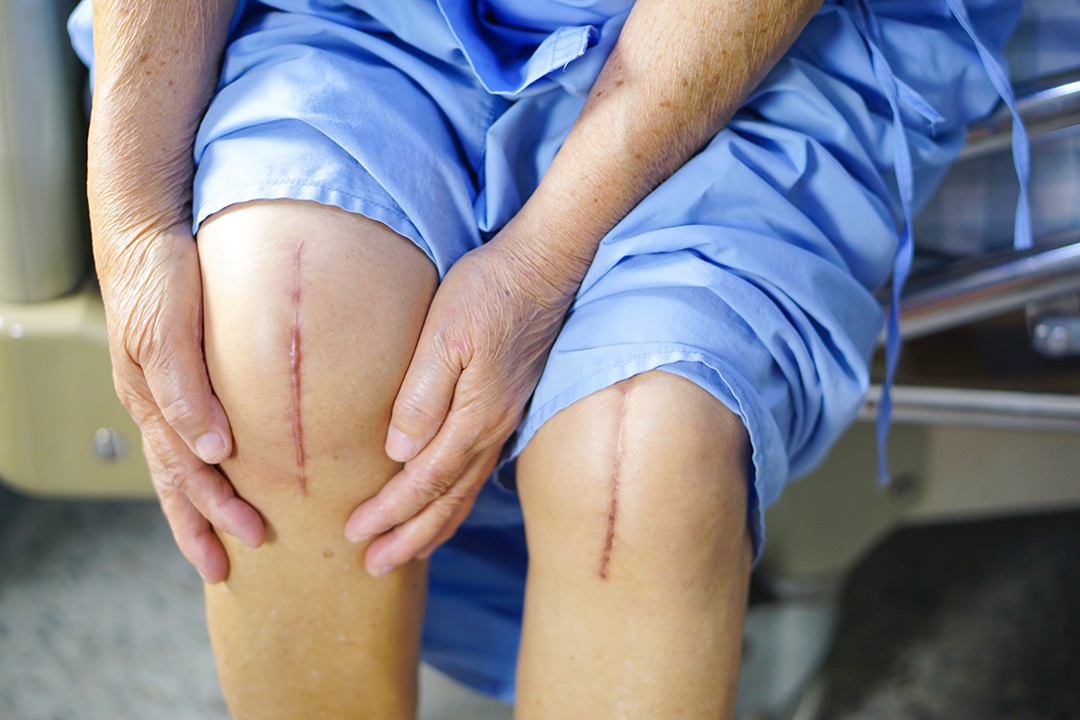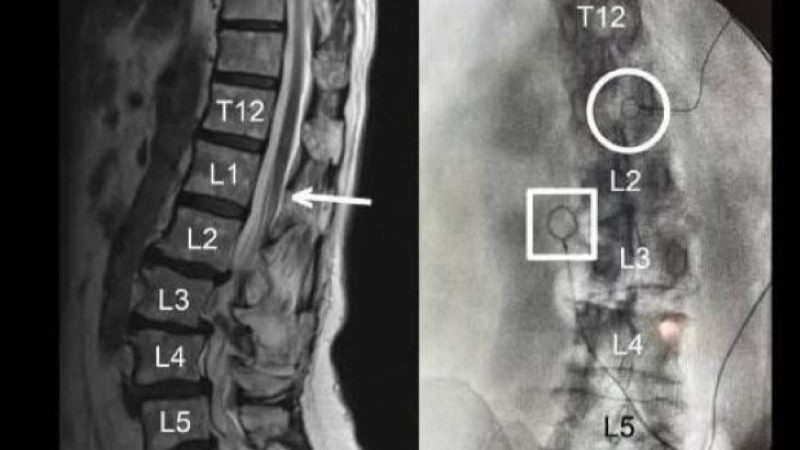
Researchers recently compared early postoperative pain levels after a patient’s first versus second surgery in scheduled staged bilateral total knee arthroplasty (TKA).
“Poorly controlled acute postoperative [TKA] pain may lead to the development of chronic persistent pain. Additionally, several studies have reported that pain control differed between the first and second TKA,” the study authors observed. “However, these studies evaluated pain mainly using subjective measures such as a simple Visual Analog Scale (VAS) (0 = no pain, 100 = worst pain). In this study, we objectively assessed pain using the number of analgesic agent requests issued by each patient during the first 3 days after surgery and the time needed to resume walking because we considered that more severe pain delays the time to resume walking.”
The study included 32 patients (64 knees) with osteoarthritis. Patients were assessed based on the number of requests made for analgesic agents during the first three days postoperatively, time to walking, and the Wong-Baker FACES pain assessment score (WBS). The median interval between surgeries was 14 months, and the median patient age at the time of the first surgery was 72 years.
WBS did not largely differ between the first and second TKA at 24, 48, and 72 hours postoperatively. The frequency and total number of requests for analgesics also did not largely differ between the first and second TKA at any evaluated time point. After the TKA, patients requested analgesics 102 times during the first 24 hours, 43 times during the second 24 hours, and 63 times during the third 24 hours; after the second TKA, total analgesic requests were 111, 43, and 63, respectively. A moderately strong, positive correlation was identified between the total number of analgesic requests between the first and second TKA (P<0.001; R=0.623). At 24 hours after the second TKA, a moderately strong, positive correlation was identified between patients’ WBS and requests for analgesics. The median time to walking after both TKAs was one day.
The study was published in The Open Orthopaedics Journal.
“In conclusion, patients with bilateral [osteoarthritis] requested analgesics with a similar frequency, regardless of whether the TKA was their first or second,” the authors wrote in their conclusion, adding, “Therefore, we recommend that pain control following a second TKA be modeled after each patient’s individualized usage patterns, as demonstrated following their earlier (first) TKA. Future large-scale research studies are needed to both affirm, and build upon, our conclusions.”







 © 2025 Mashup Media, LLC, a Formedics Property. All Rights Reserved.
© 2025 Mashup Media, LLC, a Formedics Property. All Rights Reserved.